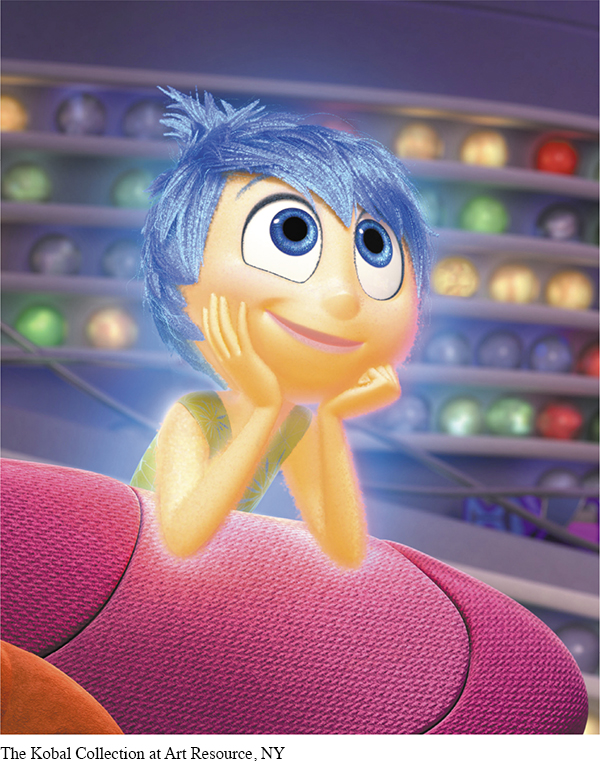11.1 Chapter Introduction
264
11
CHAPTER OUTLINE
Defining Small Groups
How Small Groups Communicate
The Self’s Influence on Small Group Communication
Virtual Groups and Teams
Small Group Communication
P ixar Studios has become an industry leader in telling its animated stories about toys, monsters, robots, and even rats. But this time it aimed to take the audience into the emotional world of an 11-
1 Drawn from Alexander (2015).
Since Pixar released its first feature-
According to Ed Catmull (2014), Pixar cofounder and president, an outstanding team can turn even a mediocre idea into a meaningful and memorable story. Catmull suggests that getting people to work together trumps individual talent. Everyone who works on a Pixar film—
Even the Pixar campus layout encourages collaboration. The late Steve Jobs, a Pixar cofounder, insisted on designing spaces where people could easily meet and interact. He knew “that the real challenge of Pixar was getting people from different cultures—
Thanks to its commitment to teamwork in everything from the idea for a movie to the layout of its buildings, Pixar consistently produces innovative films that set new standards for technical, creative, and financial success. In the case of Inside Out, the group’s collaborative effort resulted in a movie that extends Pixar’s record of entertaining stories while being successful at the box office.
265

266
Pixar is not the only company to score great successes by using small groups (or teams, as they are often called in the workplace) to conduct its business. Most businesses rely on small groups and teams to manage key assignments and tasks, including designing smartphone apps (product development), improving customer experiences (customer relations), creating presentations about new products (sales), and organizing sponsorships of local charity events (marketing) (Kozlowski & Bell, 2003). Yet small groups aren’t limited to the workplace either; they exist in many different areas of your life. For instance, you might meet with your family to decide where to go on vacation next year, or work with a group on a class project. Maybe you’re part of a homeowners association or a town council. In all of these cases and countless more, you are communicating in small groups. To generate the most value from these experiences, you need to know how small groups operate and how to best communicate within them. In this chapter, you’ll learn:
The defining characteristics and various types of small groups
How effective small groups communicate
How individual characteristics affect small groups
Ways to address the challenges of participating in virtual small groups
 LearningCurve can help you review! Go to macmillanhighered.com/
LearningCurve can help you review! Go to macmillanhighered.com/